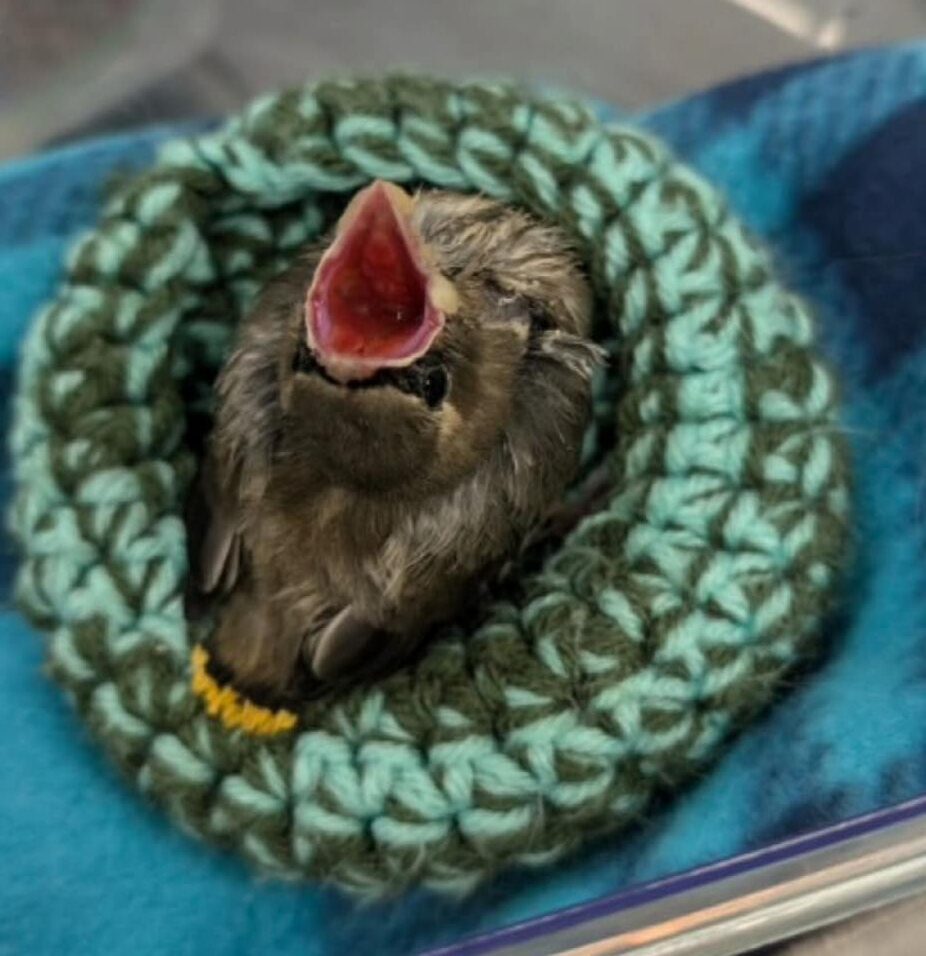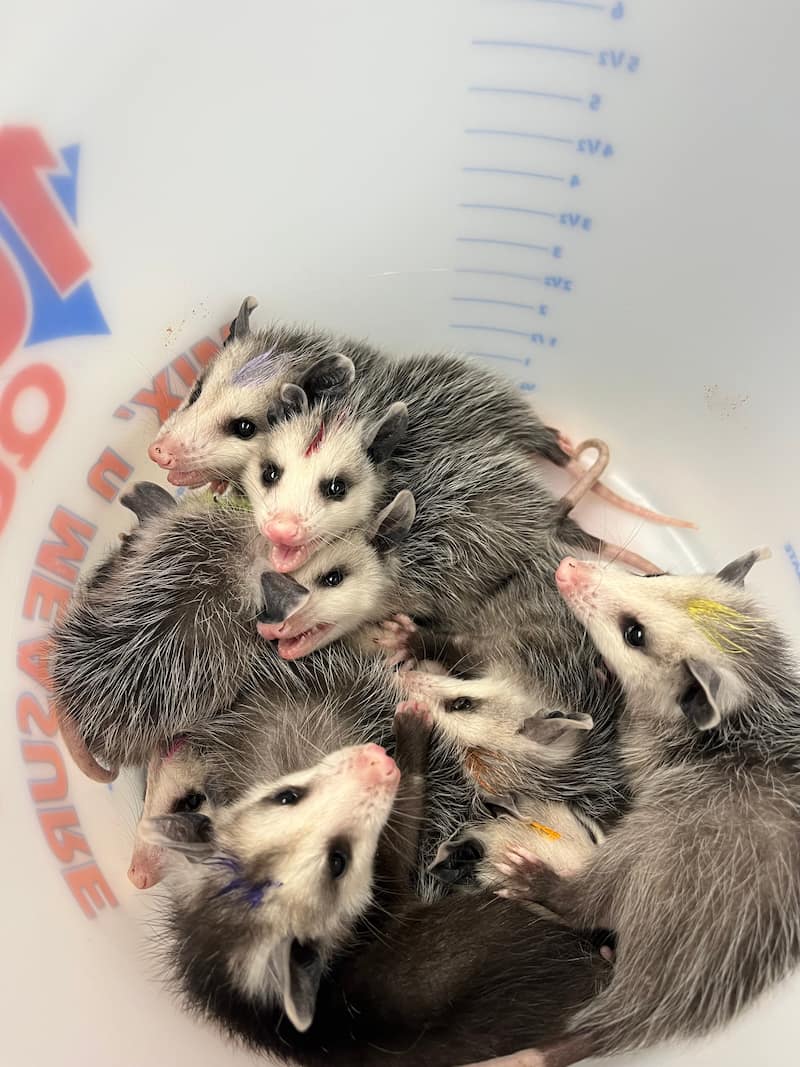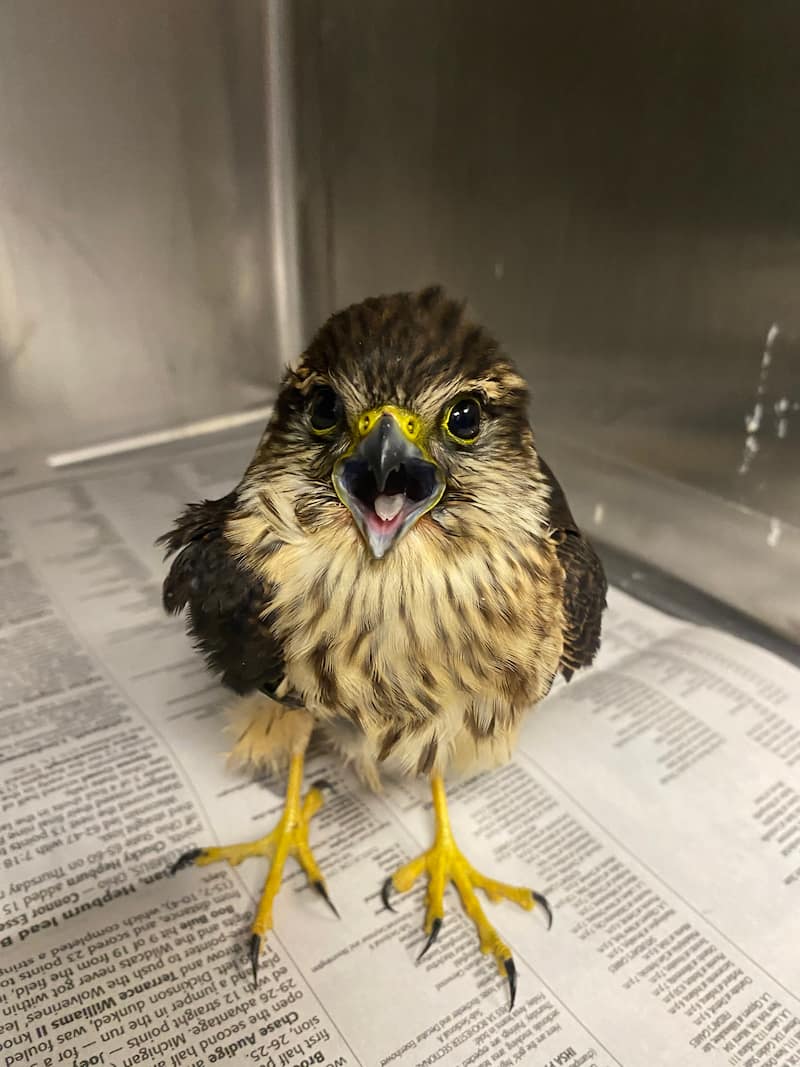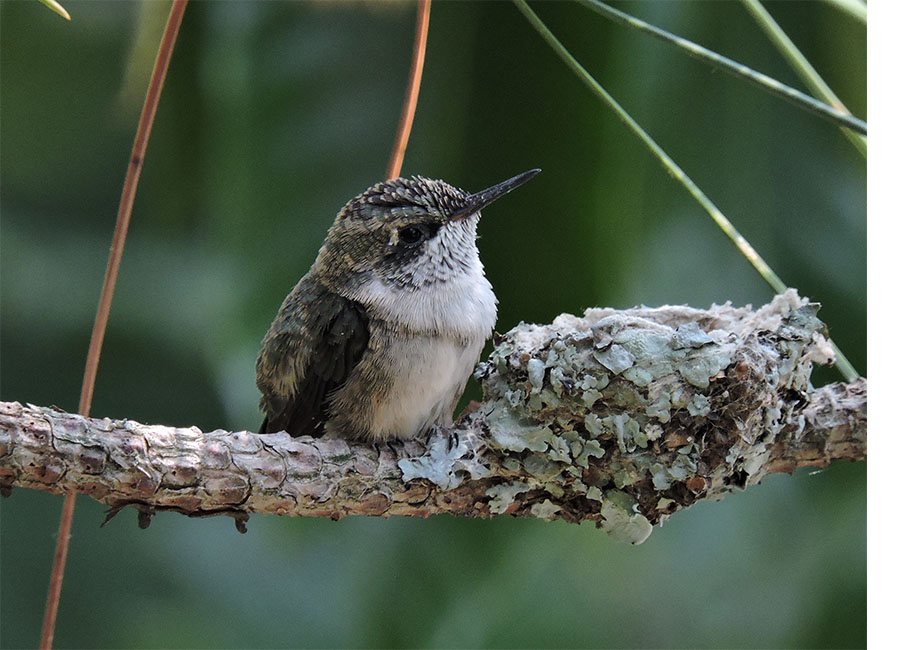
Nesting season for most Illinois wild bird species ranges from early March to the end of August. There is a surprising variety of strategies for nesting among different species. For example, Belted Kingfishers build nests up to 15 feet deep in riverbanks, while hummingbirds and Blue Jays go with the more typical route of weaving of twigs, bark, and leaves nestled in tree branches. Unfortunately, in residential or rural areas, certain strategies may put nests in danger of accidental destruction from everyday human activities. We’ve compiled some tips for the backyard conservationist to help protect these native birds while they raise their young.
Be careful when trimming trees, hedges, and shrubs
Many bird species use trees, hedges, and even small shrubs to house their nests during this season. If possible, trimming trees between September and January helps avoid the critical months where nests may be found. Always be cautious when trimming hedges and shrubs! If you do notice a bird’s nest, do your best to leave that area alone until later in the season.
Delay mowing near roadsides, field edges, and other grassland areas
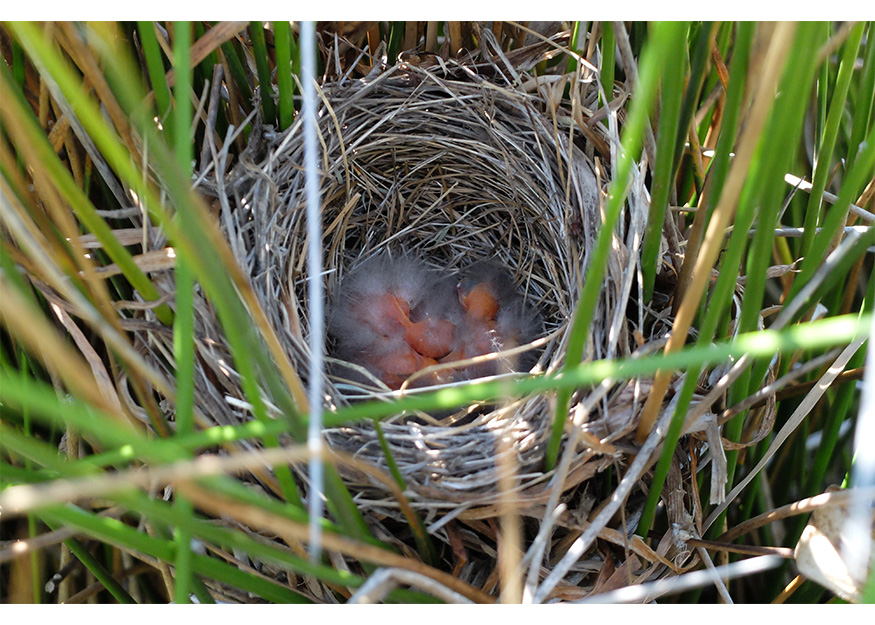
Some species prefer to build their nests in grasses or weeds instead of high in trees. Late April and mid-August are the peak season for these birds to build these types of nests, and they are likely to build them at the edges of grassy areas. Leaving the edges of large fields and roadsides alone when mowing at these times, particularly if your grass has already grown to a foot high or taller, will help prevent any interference with these nests. Follow this link for more information from the Illinois DNR on best mowing practices for wildlife safety.
Try not to disturb nests you may find
Small songbirds and other migratory species tend to get especially stressed with human interactions, both in the clinic and when protecting their nests. Additionally, by frequently visiting a particular area of your property where a bird is nesting, you may unknowingly draw predators to the same areas.
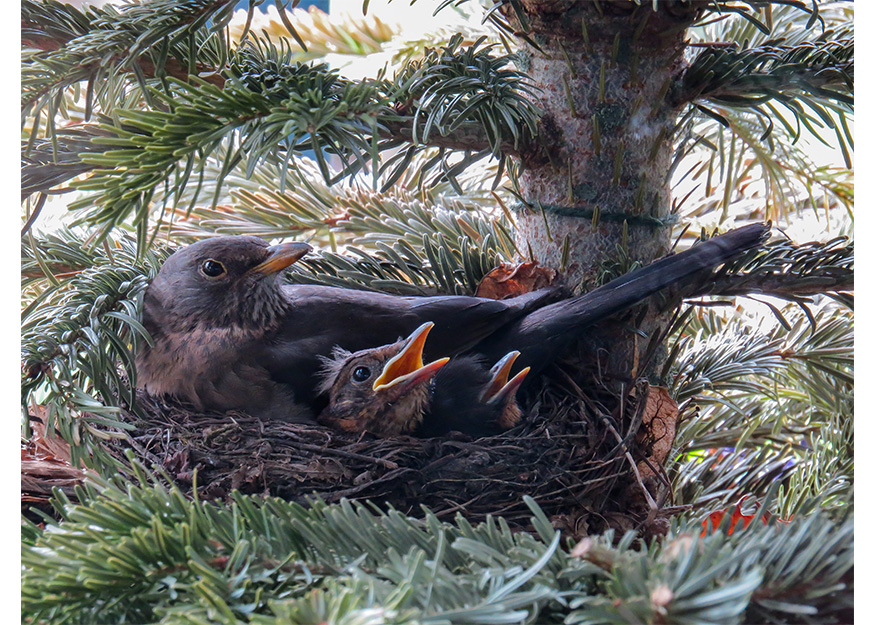
Keep your cats inside
It is a well-documented phenomenon that outdoor cats have the potential to wreak havoc on wild bird populations. Even well-fed cats will hunt for prey when allowed to roam outside, and this can leave nests in grasses or low shrubs and tree branches vulnerable to predation. By keeping your cats inside, you can also protect yourself from any disease that may come from disposing of any carcasses they bring to your doorway or inside your house. Examples of these zoonotic diseases can be found here.
Know the state laws
Most wild birds, along with their nests, eggs, and even feathers, are protected by Illinois state laws. If a bird or nest is creating a nuisance on your property, it is likely that you will need to apply for a permit to move it (refer to figure below). This does not apply to some species that are considered invasive in Illinois, such as house sparrows and European starlings. For more information on controlling nuisance birds, check out our extension site here.
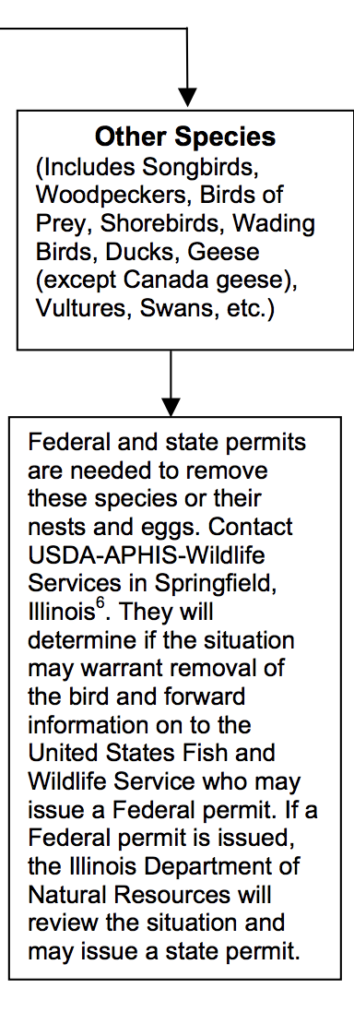
As always, thank you for caring about your native wildlife!
By: Emma Whitmore, Vet Med Class of 2021

